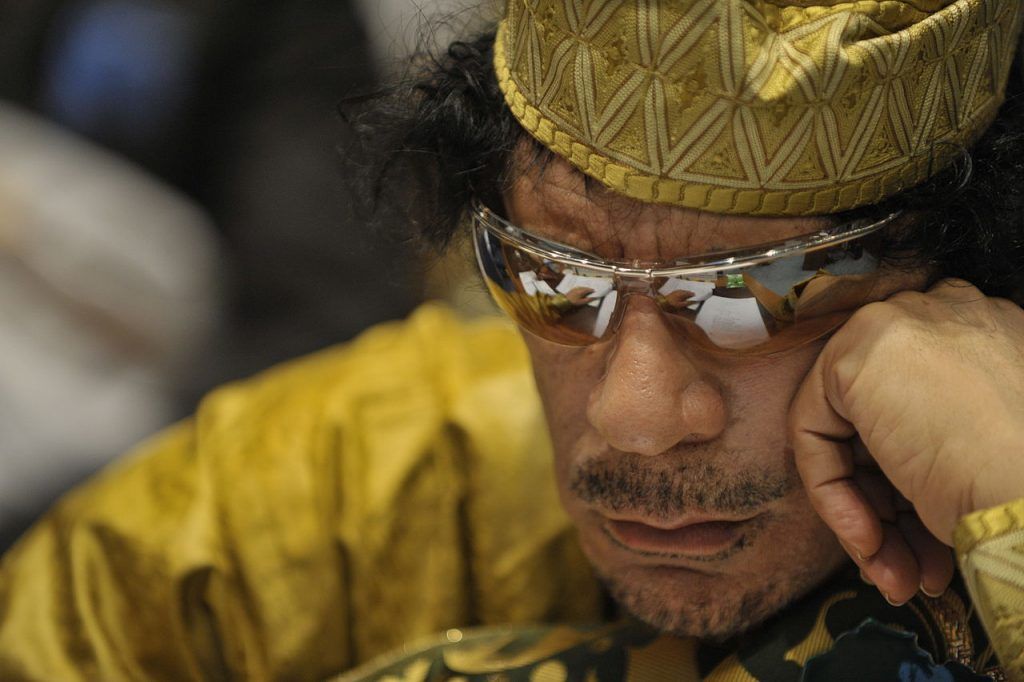How the Libya model might apply to North Korea
By John Mecklin | June 11, 2018

In the initial run-up to the Singapore summit between US President Donald Trump and North Korean leader Kim Jong-un, national security adviser John Bolton made the term “the Libya model” momentarily famous. In an interview with Fox News, Bolton said: “We have very much in mind the Libya model from 2003, 2004. There are obviously differences. The Libyan program was much smaller, but that was basically the agreement that we made.” Vice President Mike Pence echoed Bolton’s statements on the proposed fate of the North Korean nuclear program.
Those statements of course enraged North Korean leaders, who remembered well that after he gave up his weapons of mass destruction efforts, Libyan leader Muammar Qaddafi saw his country attacked by NATO forces supporting dissidents who eventually killed him. As the New York Times reported, a senior North Korean official, Vice Foreign Minister Choe Son-hui, complained of “unlawful and outrageous acts” by American officials and said that an “ignorant and stupid” Pence had made “impudent remarks that North Korea might end like Libya.”
Trump subsequently cancelled the summit because of what he called the “tremendous anger and open hostility” that North Korean officials had expressed. But within days the summit was back on. On its eve, it may be worthwhile to revisit the means by which Libya actually was persuaded to peacefully relinquish its attempts to acquire or create weapons of mass destruction, including illicit efforts to obtain a nuclear bomb.
Leaving aside the eventual fate of Col. Qaddafi, the process by which Libya agreed to and then did give up its WMD stocks and equipment was, as nuclear nonproliferation expert William Tobey wrote in a five-part Bulletin series originally published in 2014, “a remarkable tale of sustained policy effort and cloak-and-dagger maneuver.” It was also a significant US foreign policy achievement that resulted in the complete denuclearization of a “rogue” nation less than 15 years ago. It is indeed the type of achievement—detailed below in “A message from Tripoli: How Libya gave up its WMD”—that the world should hope begins to take shape this week in Singapore.
A message from Tripoli: How Libya gave up its WMD
Part 1: The path to interdiction
Part 2: Qaddafi agrees “so that the color green will be all over the world”
Part 3: What do you do with a plastic shopping bag full of nuclear weapon designs?
Part 4: How long does it take to pack and ship a WMD program?
Part 5: The overthrow of Qaddafi and the future of nonproliferation
Together, we make the world safer.
The Bulletin elevates expert voices above the noise. But as an independent nonprofit organization, our operations depend on the support of readers like you. Help us continue to deliver quality journalism that holds leaders accountable. Your support of our work at any level is important. In return, we promise our coverage will be understandable, influential, vigilant, solution-oriented, and fair-minded. Together we can make a difference.
Topics: Analysis, Nuclear Risk, Nuclear Weapons














